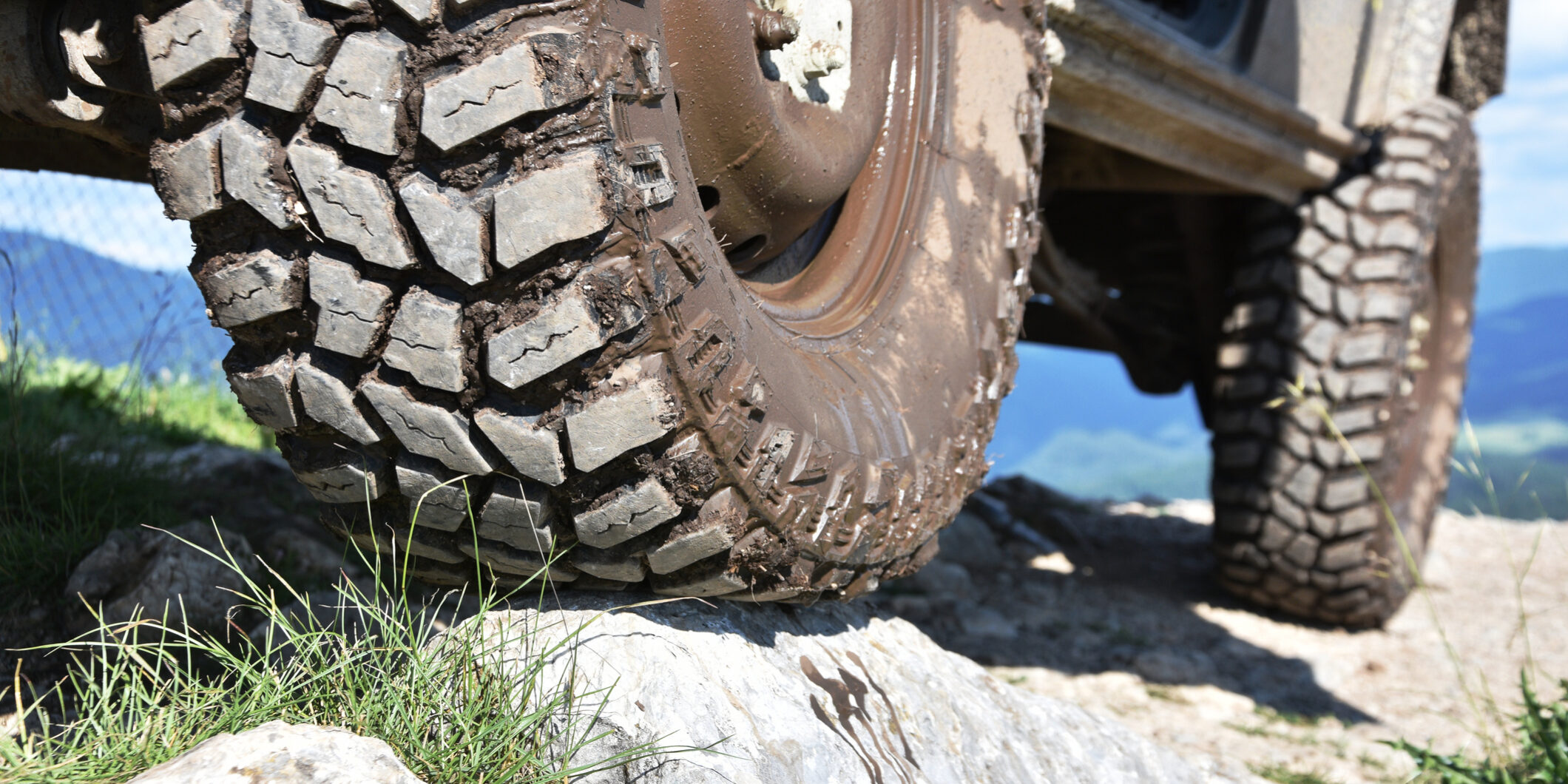UTVs, or Utility Task Vehicles, have become a staple in the off-road industry. They are versatile machines that can tackle tough terrain, carry heavy loads, and comfortably transport passengers. But where did these vehicles come from? In this blog post, we will take a journey through time and explore the history of UTVs. From their humble beginnings as workhorses on farms to their current status as outdoor adventure vehicles, we will uncover how UTVs have evolved over the years.
1980s
The story of UTVs begins in the early 1980s when Kawasaki introduced the Mule 1000. This was one of the first vehicles designed for both work and play. It featured a tilting cargo bed and could carry up to 400 pounds of weight. The Mule was not designed for speed or rough terrain but instead focused on practicality and ease of use.
In 1988, John Deere released its first Gator model, which quickly became popular with farmers due to its ability to navigate through muddy fields with ease. The Gator also had a rear dump bed that made it easy to unload cargo. Around this time, other manufacturers like Polaris and Honda also entered the market with similar models.
1990s
Throughout the 1990s, UTVs continued to gain popularity among farmers and ranchers due to their versatility and durability. These machines were essential tools for agricultural tasks like hauling feed or supplies across large properties. However, they were still primarily used for work purposes and had limited features for recreational use.
2000s
It wasn’t until the early 2000s that manufacturers began adapting UTVs for off-road adventures. Polaris introduced their RZR line in 2007 which was designed specifically for high-performance trail riding. Yamaha followed suit shortly after with their Rhino model which was praised for its smooth ride and impressive handling.
Present
Today, UTVs have become a popular choice for outdoor enthusiasts who enjoy camping, hunting, and exploring. They are equipped with features like four-wheel drive, advanced suspension systems, and powerful engines that can handle any terrain. Many models even come with luxury features like air conditioning and sound systems.
The evolution of UTVs has been an exciting journey to witness. From their humble beginnings as simple workhorses to the high-performance machines we see today, these vehicles have come a long way. As technology continues to advance, we can only imagine what the future holds for UTVs. But one thing is for sure – they will continue to be an essential tool for farmers and ranchers while also providing endless adventure opportunities for outdoor enthusiasts.







